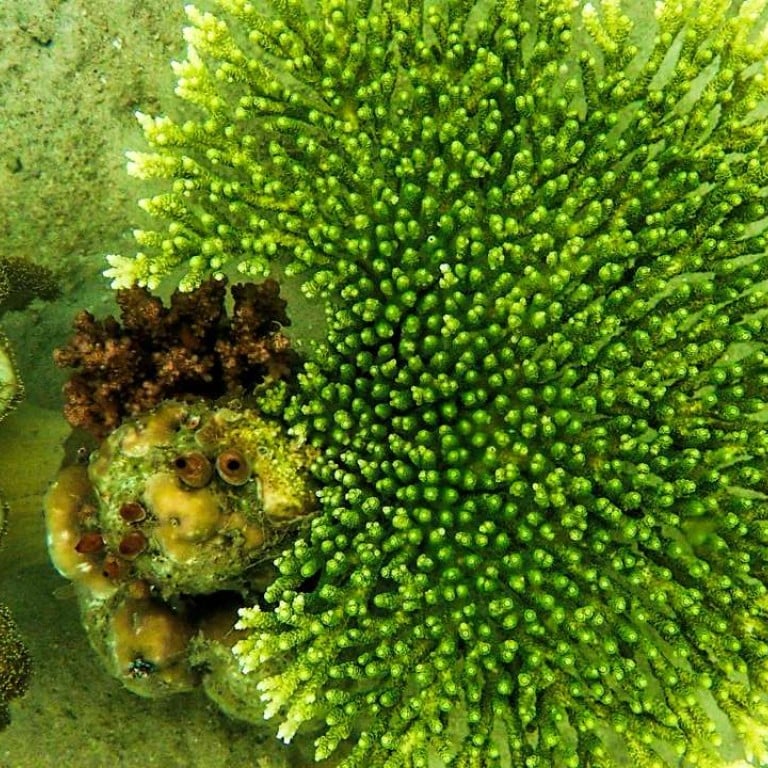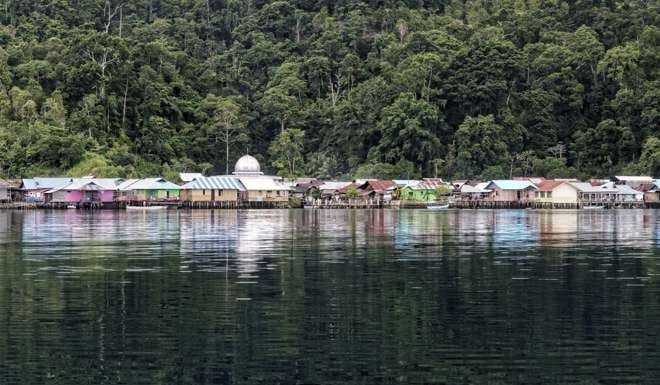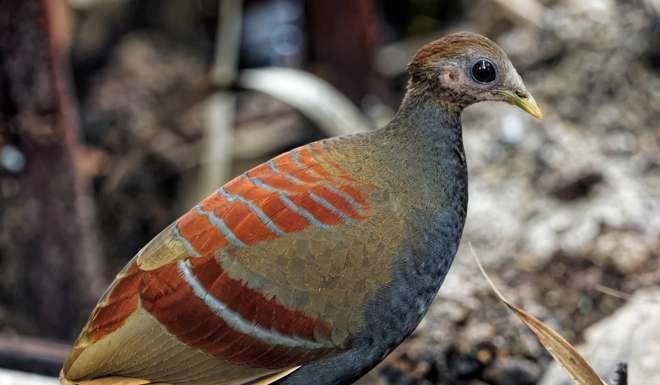
Indonesia’s Maluku Islands, for a real get-away-from-it-all holiday
One of the largest islands you’ve never heard of, Seram is a paradise for nature lovers, much of it known only to the locals, and full of exotic bird species. Just watch out for the crocodiles
“Away from it all” – everyone’s heard that one, often applied to resorts that are also “within easy reach” of an international airport. The Indonesian resort of Oanain Munina, though, is the real deal.
On the north coast of Seram – which, at 340km long, may be one of the largest islands you’ve never heard of – the property’s wooden buildings perch on stilts above shallow waters alive with colourful fish. On one side is a small village, Sawai; otherwise, this part of the world appears deserted. The sea bounds the horizon; behind rise steep hillsides covered in dense rainforest. The manager is rarely to be seen and the only staff we notice are a couple of women who bring out meals, then disappear again.
Set on its own tectonic microplate in the central Maluku Islands, in the east of Indonesia, Seram is 15 times larger than all of Hong Kong, with a resident population of about 170,000. Much of the interior is unexplored by outsiders, although I’ve read two accounts of climbs to the highest point, 3,027 metres; the author of one of these finished with feet so sore and swollen he spent six days in hospital.
Although the jungle-clad hillsides exude a certain appeal, I am, therefore, content to have experienced them from the road as we travelled from south Seram, stopping at times as my guide, Vinno Soewarian, helped spot birds such as the aptly named rainbow lorikeet and the salmon-crested cockatoo, a close relative of the cockatoos that wheel above Hong Kong’s Central district.
There are more winged wonders in view as we ride an outsize, motor-powered longboat into the mouth of the Salawai river and up past rows of nipa palms that have adapted to life in the tidal zone. Birds, however, are not our main quarry.
“There are often crocodiles here, but it’s not sunny today,” says Soewarian, as we arrive at a river bend with a grassy bank. It’s probable, though, that several saltwater crocs – billed online as “the animal most likely to eat a human” – are lurking close by. I keep my hands clear of the murky water, just in case.

After cruising back down the river, we head offshore and stop at a tiny islet. Behind its fine sand beach is a scrawny wood, the branches of which bear five olive honeyeaters. Though rather drab little birds, they are intriguing because they abound in this spot during September but are yet to be found on Seram or nearby islets.
The Maluku Islands are in the Coral Triangle, the global centre of marine biodiversity, and Soewarian says this islet is good for swimming. Electric blue fish surround me as I wade into the shallow waters, the underwater landscape dominated by green and brick-red branching corals, reddish brain corals and waving fronds of algae. Two clown fish rocket out of an anemone and swim up close, reminding me of Nemo’s dad, seemingly spoiling for a fight and declaring, “This is our anemone. Go away!”

With business slow on a weekday, the Oanain Munina’s manager, who has finally put in an appearance, takes us on a stroll through Sawai.
Some of the single-storey houses are built on firm ground, others are on stilts above the sea. School’s out for the day and young children are everywhere, a group of them busy sorting freshly harvested cloves. Some of the boys swim in a spring-fed pool at the base of the limestone hills the village backs onto while women sit on tiled steps around the pool, washing clothes in clear water that then flows beneath a bridge and out to sea.
WE LEAVE THE SERAM town of Masohi from a small wharf on a large, fast ferry. Towards the end of the two-hour journey, as we near Ambon Island, eight or more striped dolphins swim across our wake and leap into the air. Two shoot vertically upwards until they’re a couple of body lengths – about four metres – clear of the water, before splashing back down.

The words “spice islands” may conjure up images of an exotic tropical paradise but this region has known bloody and brutal periods. We find evidence of some of those a short boat ride to the east, in Haruku village, on Haruku Island.
A thick stone wall and archway are most of what remains of a 17th-century fort built to help the Dutch East India Company maintain control of the spice trade. Nearby, an almost finished church rises from the platform of its predecessor, which was destroyed around the turn of this century, when the village was attacked by people from Ambon during internecine warfare that shook the Maluku Islands.
We’re shown around the now peaceful village by Eliza Kissya, a soft-spoken man with a bushy grey beard. He’s the village kewang – filling a traditional role that’s evidently centred on trying to ensure man and nature live in harmony.

Kissya has won several environmental awards and, among other things, is attempting to conserve the Moluccan megapode, a bird that looks like a pigeon crossed with a chicken and is unique to the Maluku Islands. The megapode nests only in a handful of locations, all in coastal sandy areas.
The females arrive under cover of darkness and, that night, we watch one by torchlight, across the mouth of a creek, using its big feet – the “mega poda” – to excavate a hole in a sandy bank. I go to bed happy.

The next morning, I have a much closer encounter with a wild megapode, when one allows me to approach slowly until I can readily admire an olive plumage with intricate brown bands.
Kissya lives in a simple house with wooden walls and a tiled roof, on the fringe of Haruku village, on sandy land just above a slender concrete seawall. Trees shade the area and at the back of his house is a cluster of mangrove saplings ready for planting, along with two cages with wire mesh sides in which he keeps an adult and two young megapodes. He buys eggs collected by fellow villagers and rears the hatchlings until they are more than three months old, and better able to evade predators. Then, it’s time to set them free.

“My dream can come true,” he says. “The birds can colour the world again.”
If he’s not successful in this back of beyond, what hope is there for the rest of the planet?
Getting there: from Jakarta, fly to Ambon, from where ferries run to Masohi, in south Seram. From here, cars can be hired for the drive to Sawai. Speedboat water taxis can be hired for the crossing to Haruku, a journey of about 30 minutes.

